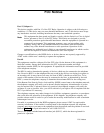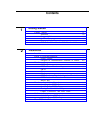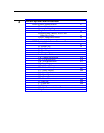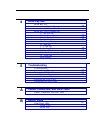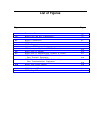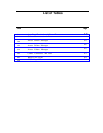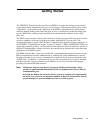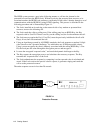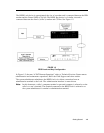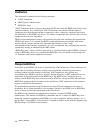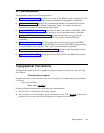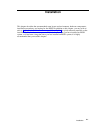
The RPSD system protects a port in the following manner: a call into the channel to the
protected host activates the RPSD Lock. Without involving the protected host resource or its
associated modem, the RPSD Lock performs a verification of the caller’s identity through a set of
communications with the RPSD Key using DTMF signaling. This process is described in the
following procedure and is illustrated by Figure 1-1.
1
2
3
4
5
6
7
The Lock, installed on tip and ring on the network side of any modem or protected host
resource, answers the incoming call.
The Lock sends the caller a polling tone. If the calling party has an RPSD Key, the Key
responds with its User ID. If there is no Key on the calling end, the Lock terminates the call.
The Lock must recognize the Key’s User ID (it must be previously initialized with all valid
Keys); if not, the Lock terminates the call.
Using an algorithm governed by ANSI/DES standards, the Lock generates a random 10 digit
value (known as the “dynamic challenge,” for which there are 10 billion possible values).
Using a secret encryption key that is uniquely associated with the calling RPSD Key’s User
ID, the Lock puts the value through the encryption process and encrypts it.
It stores the encrypted “expected value,” and sends the dynamic challenge to the Key.
The Key repeats the encryption process and calculates the necessary response. The Key
transmits the “expected value” to the Lock.
The Lock authenticates the response by comparing it to the expected value it calculated and
stored. If the Lock receives the precise value it expects, it generates ringing and sends the
call on to the protected resource.
The entire sequence occurs in less than 20 seconds.
FIGURE 1-1
Protection Process
1-2
Getting Started



